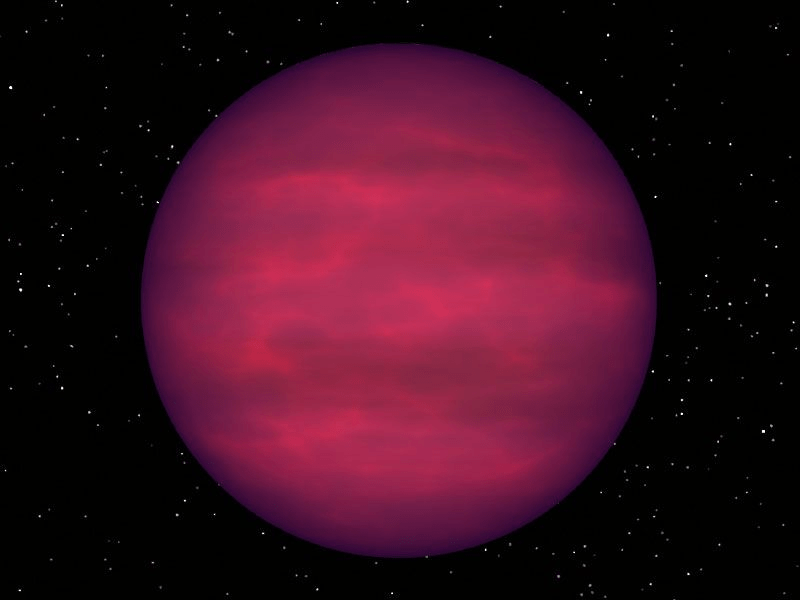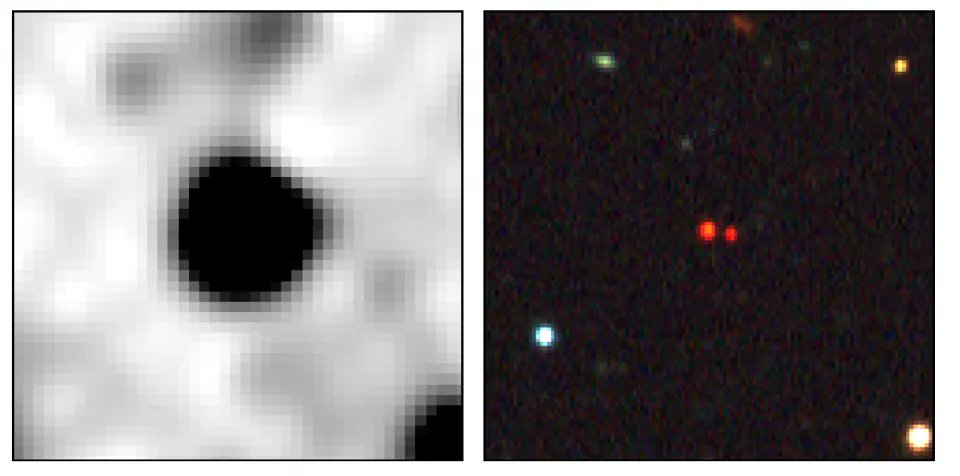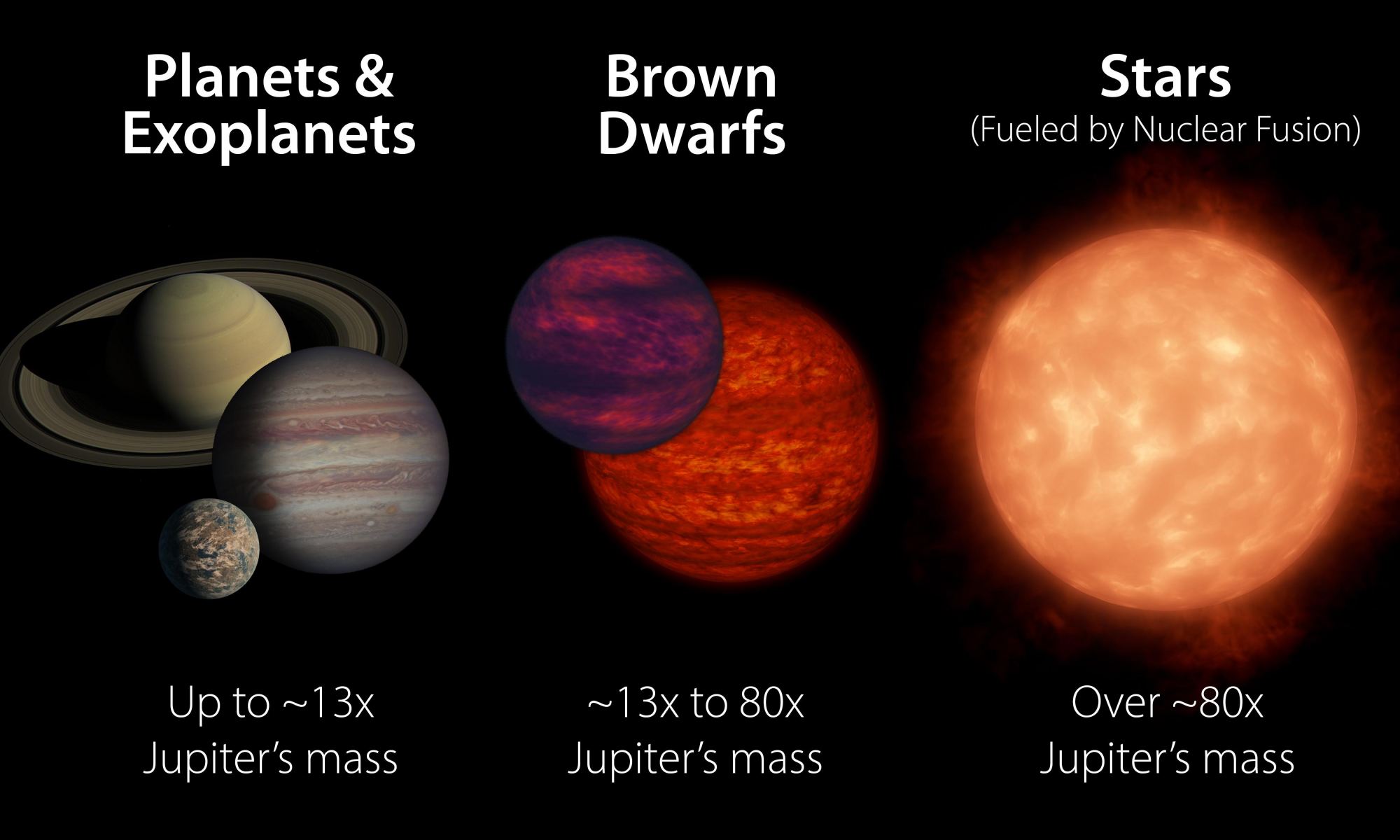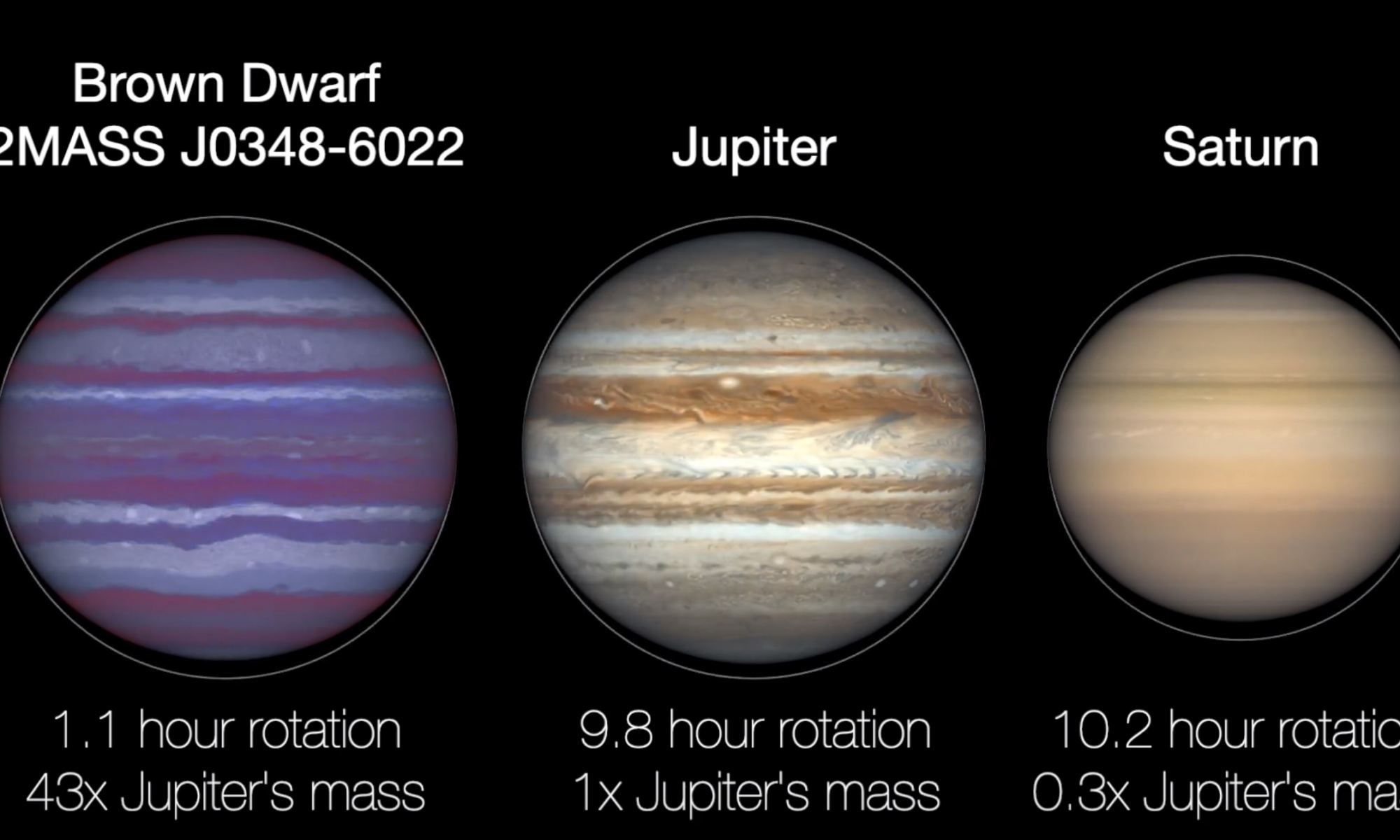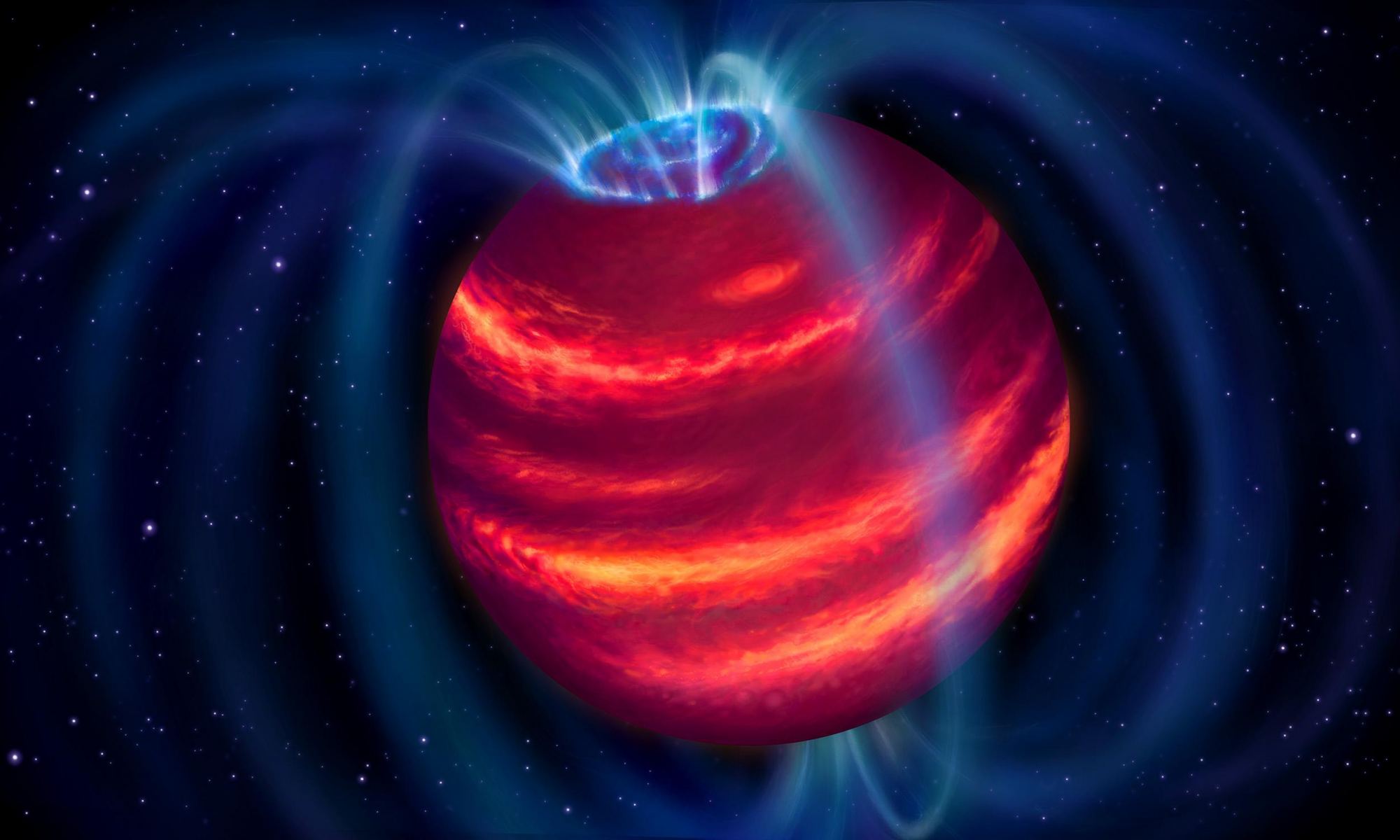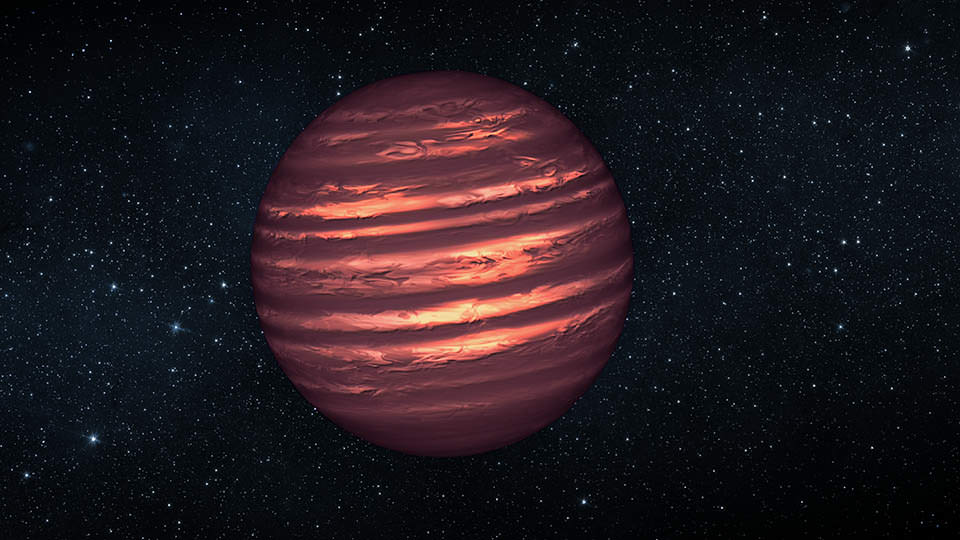In its first few months of operation, the James Webb Space Telescope (JWST) is already proving that it was well worth the wait! To date, it has provided astronomers with the most detailed and precise images of the cosmos, conducted observations of iconic galaxies and nebulae, peered to the very edge of the Universe, and obtained spectra from distant exoplanets. These resulting images, made public through the JWST Early Release Science (ERS) program, have provided a good cross-section of what this next-generation observatory can do.
Among its many objectives, the JWST will provide valuable insights into the formation and evolution of exoplanet systems through direct imaging. Using data from the ERS, an international team of astronomers and astrophysicists conducted a direct imaging study of a brown dwarf companion (VHS 1256-1257 b) orbiting within a triple brown dwarf system approximately 69.0 light-years away. The spectra they obtained from this body provided a detailed composition of its atmosphere, which included an unexpected find – clouds made of silicate minerals (aka. sand)!
Continue reading “Webb Scans a Nearby Brown Dwarf and Finds it has Clouds Made of Sand”
![An artist's conception of a brown dwarf. A new study identifies CK Vulpeculae as the remnant of a collison between a brown dwarf and a white dwarf. Image: By NASA/JPL-Caltech (http://planetquest.jpl.nasa.gov/image/114) [Public domain], via Wikimedia Commons](https://www.universetoday.com/wp-content/uploads/2018/10/Artist’s_conception_of_a_brown_dwarf_like_2MASSJ22282889-431026-2000x1200.jpg)
